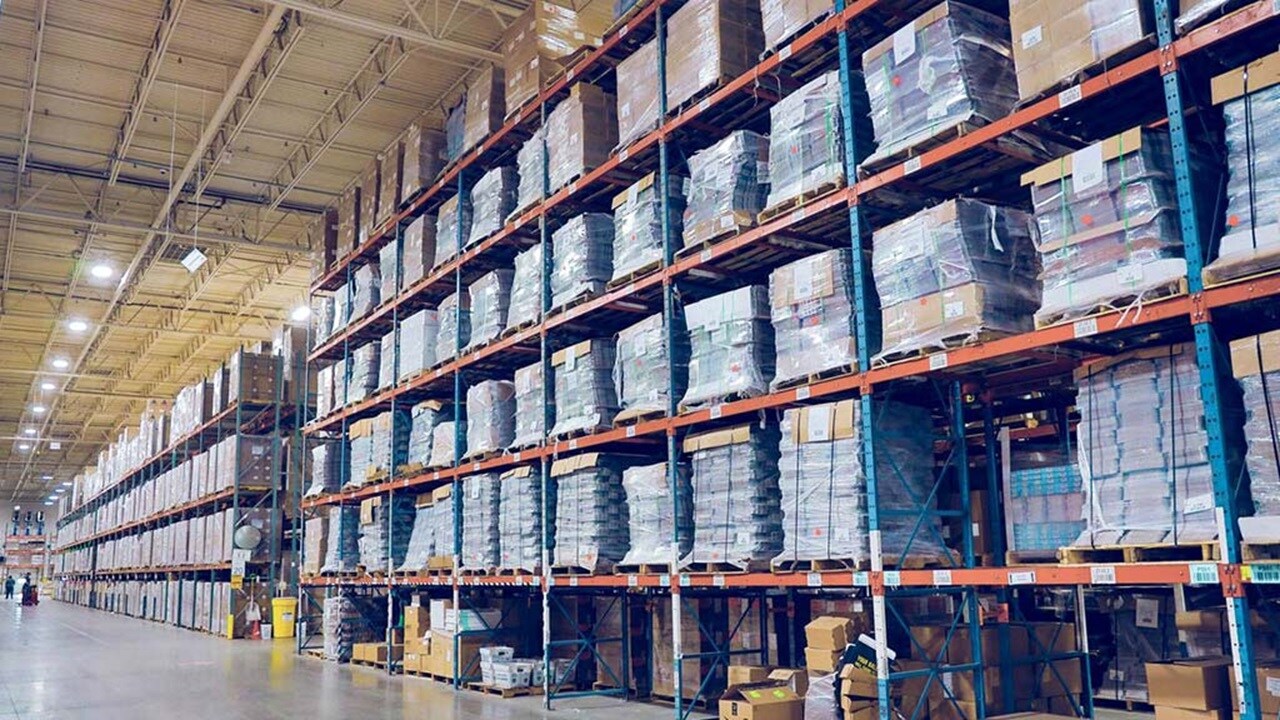Warehousing Ownership Models
As the market landscape continues to shift under the feet of brands around the globe, one thing seems relatively constant – warehouse availability is scarce. For the U.S., warehouse availability is near all-time lows. Markets near Southern California’s ports, for instance, still have vacancy rates near 1%.
At its most basic level of warehouse management, there are three approaches to securing warehouse space: insourcing, outsourcing, or a hybrid of the two. Each approach has its pros and cons, and all approaches can be made to work regardless of a business’ profile or the ongoing trends.
Warehouse Insourcing
Within warehouse management, warehouse “insourcing” is private ownership of warehouse space by your brand.
The pros
- The benefits of ownership tend to begin and end with “control.” You can model and outfit the space to suit your needs as you are the only customer in the space. You control the staff and its operations and therefore can make decisions quickly.
- Your inventory can be onsite with the rest of your business. This allows you to “touch and feel” your product anytime with no travel expense or time required.
- When outsourcing your fulfillment, you are transferring a significant part of your customer experience with that company. A third party is between you and your product, helping with all the necessary.
- In the right market, owning the property that warehouses are sitting on can also prove to be a lucrative investment should real estate values rise.
The cons
- The responsibility is entirely your own. Warehouse management is not your brand’s core focus. As owner, you’ll need to manage all the information technology, operations, labor, management, human resources, retail compliance, and all the challenges that come with operating a warehouse.
- There has been a notable shortage of available labor. The rise of “Work from Home” arrangements have also put pressure on available labor as managers and top personnel seek out positions where they can work from the comfort of their homes without the hassle of a commute. Data from the US Bureau of Labor indicates that warehouse managers and workers turnover continues to be 49 percent higher than 5-years ago.
- Insourced strategies can also limit financial flexibility. The fixed costs of ownership persist even if there is a business downturn, and the full capacity of the warehouse is not being fully utilized.
- Flexibility is limited when it comes to how much space you need to secure at the start. Most warehouse leases are three- or five-years, so you need to secure the entire space you need in year five even if you are just starting out year one operations.
Warehouse Outsourcing
“Outsourcing” is an arrangement whereby a brand contracts for space and, oftentimes, space that is operated by a third party. Warehousing is the second most frequently outsourced services by 3PL users worldwide in July 2021 behind transportation.
The pros
- Warehouse contracts often cover a fixed period, such as three- to five years, and have built-in capital preservation as the space is leased rather than paid for with a capital expenditure. The contract can provide a guaranteed amount of space and include service level agreements outlined by Key Performance Indicators (KPIs).
- In addition to reduced labor costs, a contracted warehouse provider may be able to deliver equal or better service than you could provide with your own staffing. Contracted warehousing professionals are specialists with the experience necessary to run a warehouse environment.
- A warehouse provider has knowledge in managing the increasing levels of technology that are required to run modern warehouse management systems and understands the complexity of integrating those solutions across a multitude of customer systems.
- Among the benefits of contracting for space is the ability to test new markets and distribution locations without investing in the personnel expertise or capital required for new facilities before the upsides can be fully known.
The cons
- The challenge of choosing the right provider. There are thousands of 3PLs in the United States, ranging from mom-and-pop providers with one facility, to global logistics providers that operate hundreds of facilities.
- What is not in the contract - It’s critical to understand what happens when things go wrong and how inevitable problems, challenges and mishaps will get worked out. Because of different corporate cultures the first six- to 12 months of the relationship can be the most challenging. Many who have worked in the industry a long time can share plenty of stories about relationships that failed right from the start.
The Hybrid Approach
A hybrid approach mixes and matches insourcing and outsourcing ownership types, which works well for many brands. For example, a brand may use private facilities to handle its year-round business and contract for extra warehouse space during seasonal peaks. Or your brand may choose to own the facility, but your 3rd party provider operates and staffs it. This is a great solution that allows both parties to get the most efficient solution – which results in increased consumer satisfaction with your products.

The Path Forward
Scott Weiss, Vice President of Warehouse & Distribution Services at Performance Team – A Maersk Company, offers two maxims for today’s supply chain managers dealing with the current situation. The first is, “Always maintain constant communication with your chosen providers.” It’s important to be open and honest with the few select partners you have come to trust and solve problems with on a day-to-day basis. Be proactive, provide as much forecasting as you can and plan for the unexpected in a logistics world of constant change. The word “surprise” should never come up in conversation. The second maxim is, “Don’t fall in love with your inventory.” Anything sitting six months or longer just might need a discount to move it out or be considered for a donation to a community in need.
Brands looking to navigate the current state of today’s warehousing landscape must continue to evolve their strategy and are encouraged to plan and communicate with supply chain partners well in advance. Increased capacity requires increased time and planning. In working with a provider, increased efficiencies can often be found within an existing footprint.
Sign up to The Logistics Pulse newsletter
You did it, welcome onboard!
We're sorry, but there was a problem sending your contact request.
Please review the form fields and ensure all required information is provided correctly. If the issue persists, please contact our support team for further assistance.
Sign up to The Logistics Pulse newsletter
Receive our insights directly in your mailbox by signing up through this form and enter a world of truly integrated logistics. Get inspired by our selection of articles that help you navigate supply chains, understand industry trends, and shape your logistics strategy. You can unsubscribe anytime.













